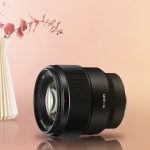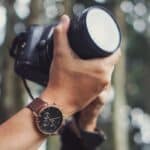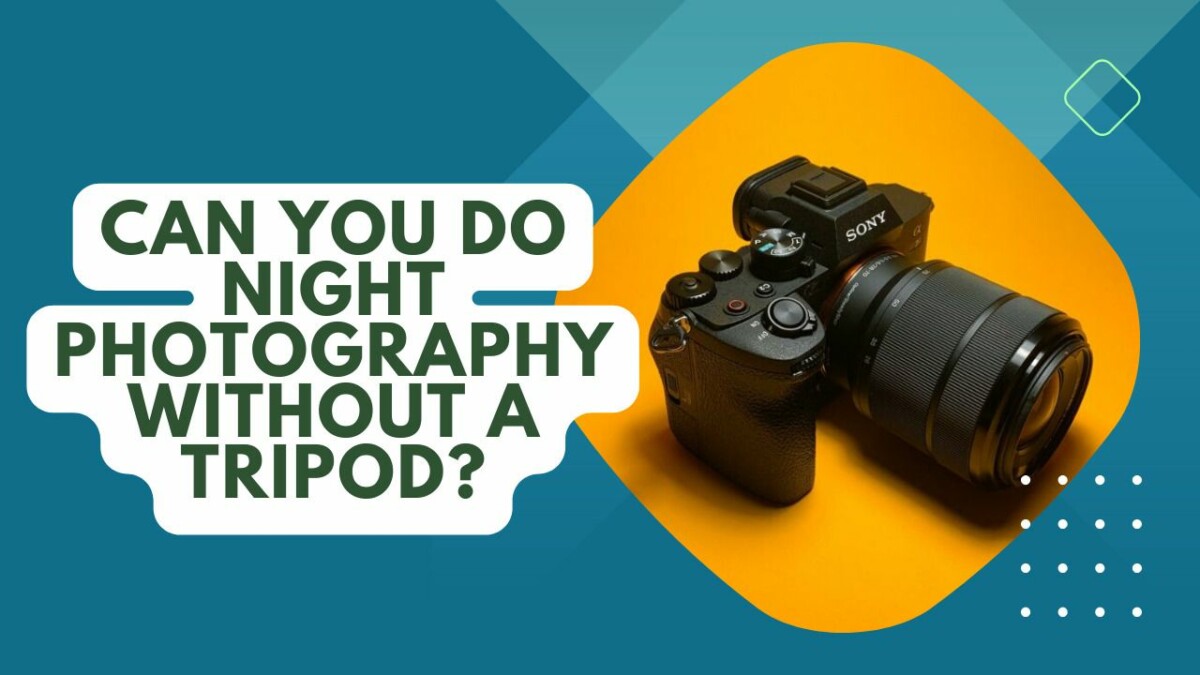 So, you’re a creature of the night, camera practically glued to your hand, with a burning desire to capture the night sky in all its starlit glory.
So, you’re a creature of the night, camera practically glued to your hand, with a burning desire to capture the night sky in all its starlit glory.
You’re wondering, ‘Do I really need a tripod for this?’ Guess what? You totally don’t! A lack of a tripod doesn’t equal a lack of opportunity. In fact, there’s a whole host of different techniques just waiting for you to explore and elevate your night photography game.
So go ahead, dive headfirst into this thrilling journey, get to grips with your camera settings, and learn how to turn the night sky into your own personal canvas, without needing a tripod.
The night sky isn’t going to photograph itself, you know!
Does Night Photography Need a Tripod?
Even though tripods offer the stability you need for the long exposures typical in night photography, you can get by without one by using wider apertures, increasing the ISO, or leveraging image stabilization for handheld shots. That being said, want the best quality and clarity? You’re better off with a tripod.
When it comes to mastering the art of night photography, the tripod is a game-changer. It’s the real MVP that saves your shots from being a blurry mess, thanks to how it keeps your camera steady during those super-long exposures.
But hey, it’s not just about getting crisp images. This bad boy plays a massive part in all those cool lighting techniques you see in night shots. You know, like those epic light trails, or star trails, or even that funky light painting stuff. It’s like having a magic wand that unlocks a whole new level of artistic expression.
But wait, there’s more. One of the rad things about using a tripod for those breathtaking panoramic night shots is the consistency it brings. It’s like having a third hand that makes sure your camera is spot on every time you switch angles, guaranteeing each frame lines up perfectly with the last.
Alternatives to Tripods for Stabilizing Your Camera
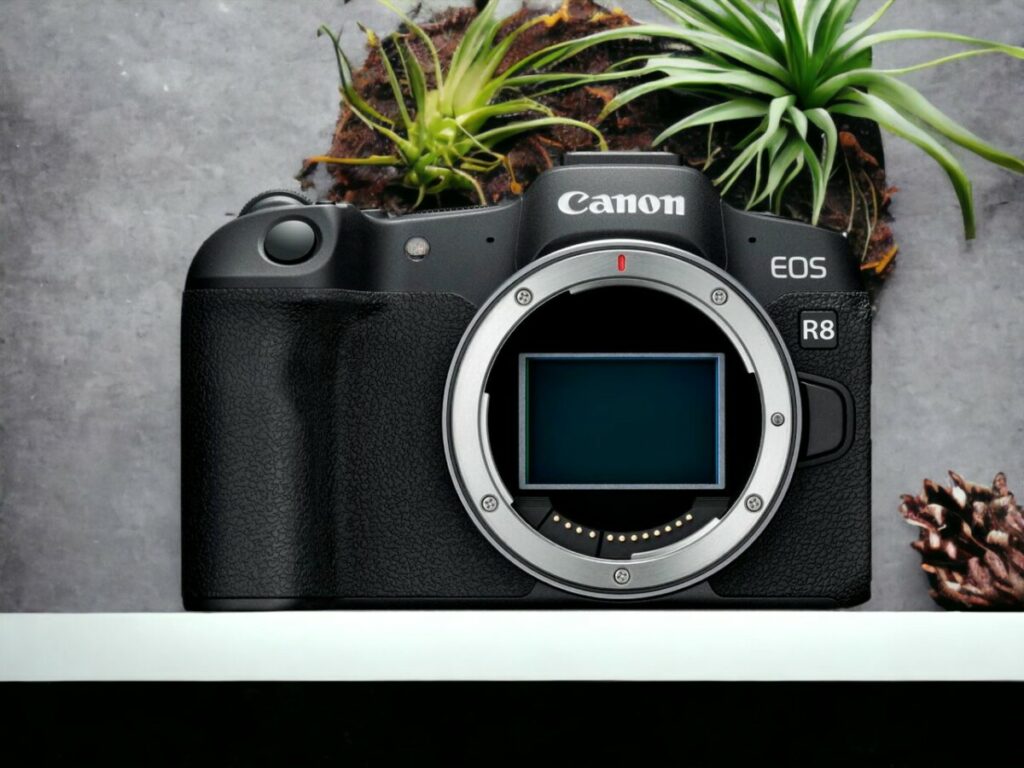
No tripod? No problem! There are plenty of other ways to keep your camera steady. You could simply rest it on a stable surface, or even lean against a wall for extra support. There’s no end to the creative techniques you can use for capturing those magical light trails at night.
You could use Mother Nature herself as your stabilizer. Rest your camera on a sturdy rock or an old tree stump. If you’re out in the city, don’t be afraid to use buildings or street furniture to your advantage.
Here’s a little secret: a bag of rice or a beanbag can make a killer makeshift tripod. And remember, the main goal here is to reduce camera shake as much as you can. So, always be on the lookout for the sturdiest support you can find.
Mastering Handheld Techniques for Night Shots
No tripod? No problem! You can totally rock handheld night photography. It’s all about getting the hang of it and trust me, it’s super cool once you nail it. You can capture some stunning shots even in low light, minus the tripod. Here are some tips to get you started:
- To avoid that pesky camera shake, hold your elbows close to your body and hold your breath just as you’re about to hit the shutter button. It’s a game changer, trust me.
- Try cranking up your shutter speed. This can help tone down blur and noise, but remember to balance it out by bumping up your ISO.
- Get experimental with handheld light trail shots. A bit of intentional camera movement during a long exposure can lead to some wicked effects.
At the end of the day, it’s not all about the gears. Night photography is more about getting to grips with the conditions and making the best out of what you’ve got at hand.
The Art of Long Exposure in Night Photography
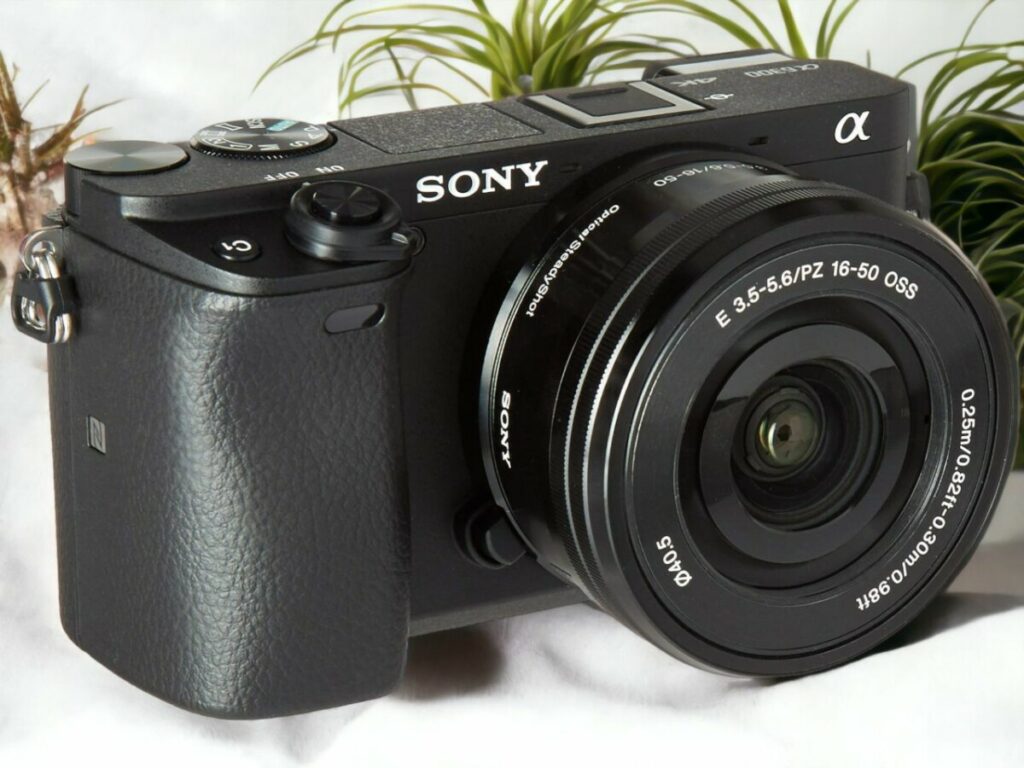
Mastering the technique of long exposure in night photography is an absolute game-changer, especially when you’re aiming for those breathtaking light trails and surreal night scenes, even when you don’t have a tripod handy.
It’s all about nailing that balance, being patient, and getting crafty with light painting methods. Think about it this way, you can tweak the shutter speed, slow it down a bit to let more light in, and capture those dynamic elements like star movements or car headlights as lively streaks painting your sky or street.
Now, you might be wondering about shooting starlit skies without a tripod. Simply find a sturdy surface or even use a beanbag to keep your camera steady during the shot.
Go ahead and play around with different settings to discover what clicks for you. With a bit of persistence, you’ll be acing those enchanting long exposure shots, tripod or no tripod.
Optimizing Camera Settings for Night Photography Without a Tripod
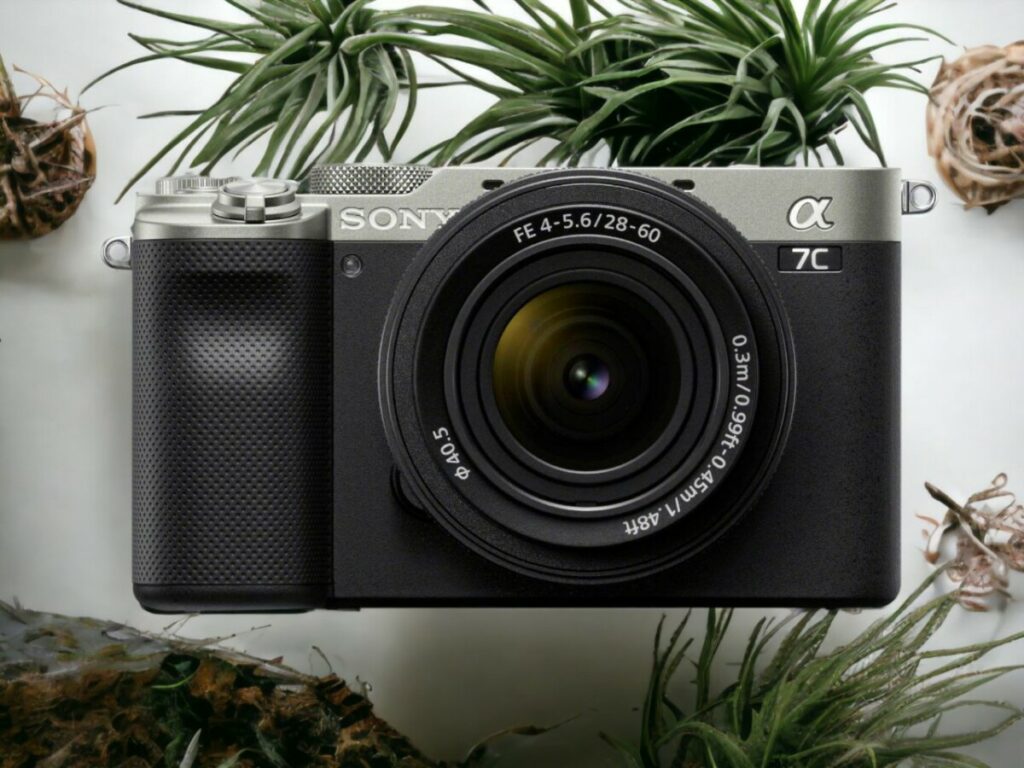
Getting the perfect shot at night without a tripod is all about tweaking those camera settings just right. It’s a game-changer, trust me. When you’re going handheld, you gotta play by the low light rules. Here’s the lowdown:
- You’ve gotta up your ISO game, but don’t go too overboard. High ISOs can make your pics a little grainy.
- Be generous with your aperture. Widen it as much as you can to let that precious light flood in.
- Your shutter speed needs to be slow, but not too slow. You don’t want your pics shaking like a leaf.
Now, let’s talk artificial light. A good quality flashlight can be your best friend during a night shoot, it’ll light up your subject and keep that annoying graininess at bay. Plus, there are tons of cool smartphone apps out there designed specifically for night photography. They’ll help you nail those long exposures and give you more control over your camera settings. It’s like having a mini photography studio in your pocket.
Bringing Your Night Photography Game to the Next Level
In the twilight of this chat, we’ll take a different angle. Yes, the nighttime photo-shoot is pretty great, even without a tripod – but you gotta think, what’s next? You’ve mastered the dark, now, let’s get you paid. Let’s talk about elevating your photo game.
First thing’s first. Have you ever considered Landscape Photography? Yes, you read it right. You can turn those captivating shots of mountains, oceans, and sunsets into a source of income. As crazy as it sounds, some people are willing to pay big bucks for a piece of nature’s beauty. Imagine capturing a magnificent sunset, the contrast of the night with the disappearing sun. That’s money, guys.
Not a big nature person? No worries. What about Wildlife Photography? Capturing animals in their natural habitat can be a thrill, and combined with your night photography skills, it could bring out some stunningly different perspectives. Not an easy job, but totally worth it when that dope shot of a prowling nighttime predator nabs you some coin.
Still looking for more excitement? I’ve got you, fam. Ever heard of Drone Photography? This is not just about high-angle shots. It’s about showing people places they’ve never seen before. Flying your drone into the night sky and capturing pictures from a bird’s eye view can literally pay off! Trust me, it’ll make for some epic Instagram feed material at the very least.
So hey, camera wizard, didn’t think about photography from the moola-making lens? Well, now you know. Get out there, level up, and turn your passion into a paycheck.

Photographer & Writer
I specialize in landscape, street and portrait photography and I have been featured in various galleries and publications. I believe that photography is a way to tell stories!

